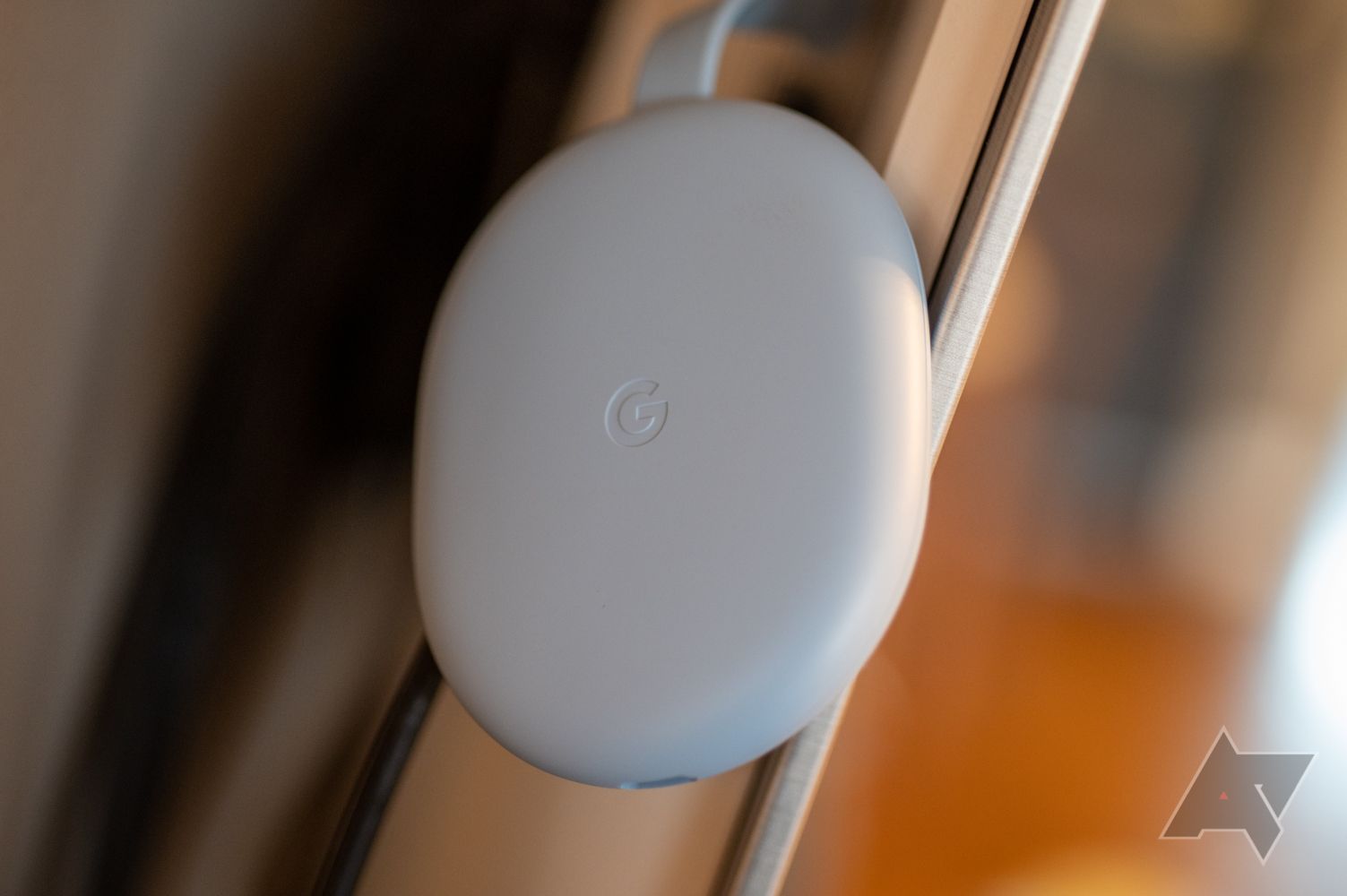The early days of the pandemic saw the internet faced with an unprecedented surge of traffic, with people restricted to their homes relying on going online for both work and entertainment, leading to slower internet across the globe. In a bid to reduce network congestion and prioritize the more essential stuff, streaming services all over started making sacrifices. Those cuts extended in some unexpected ways, like how Google downgraded video quality on certain Nest cameras and reduced Chromecast (and smart display) Ambient Mode photo quality. But with more and more people going back to the office, some of those restrictions are now being reverted.
A little over two years after first announcing its smart display bandwidth conservation efforts, Google is starting to dial things back, confirming that users are getting full control over the speed at which their Ambient Mode screensaver pulls new pics.
Not all the pandemic changes have taken so long to be reverted, and those YouTube video quality caps were removed only a few months after their introduction. Part of that could be due to these Ambient Mode changes simply not being as noticeable — Google itself commented along those lines when first sharing the news — but YouTube's 1080p to 480p drop was plain as day, even on the cheapest of displays.
What we haven't seen yet is anything explicitly talking about whether or not this Ambient Display dialing-back will also undo the resolution changes Google implemented in 2020. It seems likely that would get swept up with these other reversions, but we're still looking to confirm.

